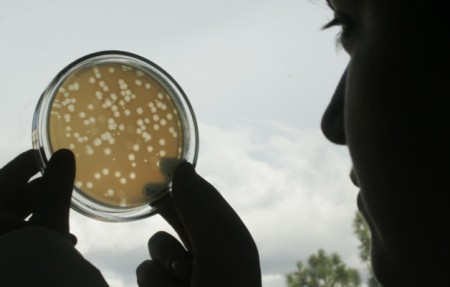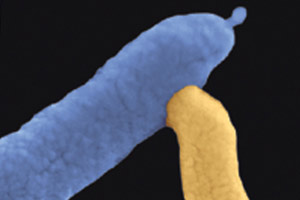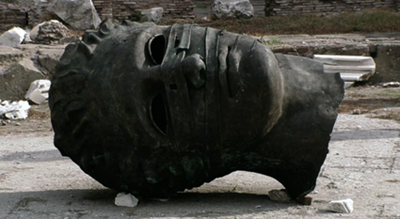July 11, 2015 – Since penicillin first arrived on the scene we have been hooked on antibiotics to fight disease. The benefit – an incredible increase in human longevity. Antibiotics have altered our relationship with nature. But we have also through continuous use seen the erosion of antibiotic effectiveness in combating increasingly resistant bugs. Today they are over subscribed and often taken to combat illnesses that cannot be cured by antibiotic treatment – the common cold, bronchitis, and some sinus and ear infections.
So researchers are seeking alternatives to antibiotics.
They have looked at ways to switch on our natural immune system by manipulating and genetically modifying our T-cells or inventing proteins that help us combat the bacteria and viruses we encounter through life. Tools like CRISPR and TALENS, which I have written about in the past, have revolutionized our ability to manipulate genetic sequences turning on kill switches that our immune system can then use to combat invading bacteria.
But this is only one of many approaches that modern science is taking to fight infection. Here are some others.
Predatory Bacteria
What if we could manipulate a microbe commonly found in the environment to help us fight disease? Scientists at Rutgers University are working with two bacteria, Bdellovibrio bacteriovorus, (seen below attacking its prey, and also known as the thug bacteria), and Micavibrio aeruginosavorus both commonly found in the environment that see other bacteria as food. Both embed themselves inside cell membranes of prey and then replicate. Both target only one specific bacterium. So harnessing this capability scientists hope to manipulate the bacteria to attack the bugs that attack us. Other researchers are using Escherichia coli (E-coli) to produce proteins called peptides to kill Pseudomonas aeruginosa, a cause of pneumonia. And some scientists are tweaking Pseudomonas in a similar way to target C. difficile, a common hospital-born infection that causes bloody diarrhea, without harming other gut bacteria.
Isolating Peptides from Other Species
The use of alien peptides to tackle disease causing bacteria has researchers studying frogs, alligators and cobras. The proteins are being modified in the lab to increase potency and one, Pexiganan, derived from frogs, is currently being used in clinical trials to treat foot ulcers caused by diabetes.
Viruses as Agents in Attacking Disease Causing Bacteria
Known as phage therapy, using viruses to combat disease goes back more than 90 years. The advantage of using viruses is their simplicity. Each virus type is specific to a particular bacterium leaving helpful bacteria alone. So you can create all kinds of anti-bacterial agents this way and you have a ton of potential candidates because viruses are prolific.
The use of phage treatments is big in Eastern Europe and Russia. In a recent article one woman’s 7-year ordeal in combating methicillin-resistant-staphylococcus-aureus using antibiotics finally came to an end when she traveled to Georgia in the Caucasus where a 3-week phage therapy treatment protocol cured here.
A clinical trial in France, Belgium and Switzerland this summer is using phage therapy to treat people with drug-resistant infections from burns. The United States Army is investing in phage cocktails in an interesting twist to combat E. coli and Pseudomonas aeruginosa infections (see above where E. coli peptides are being used to kill Pseudomonas).
Metals as Anti-Bacterial Agents
Copper and magnetic bracelets are often cited by those who wear them as healing agents. Although controversial the basic premise of metals having anti-bacterial properties is based on science. Going back to the 4th century BCE, copper was used to treat wounds. Hippocrates prescribed it and silver. Persian physicians used these metals to disinfect water and food.
In the 21st century we have the ability to use metals on a nano-scale to combat all kinds of bacteria. I have written about the use of embedded silver nanoparticle filters to remove impurities from water in India. New research using topical ointments embedded with metal nanoparticles indicates their ability to combat skin infections and heal wounds.
Gallium (lead), purportedly the cause of the decline and fall of the Roman Empire because of its extensive use in Roman plumbing, is being tested as an intravenous treatment to combat lung infections and help relieve the symptoms of cystic fibrosis. Based on clinical trials it would be hard to believe Rome fell because of lead because it turns out that gallium is deadly to bacteria but safe for humans in treatment of a variety of diseases.
A series of clinical trials involving cystic fibrosis patients has been underway at the University of Washington in Seattle with preliminary results showing that intravenous gallium nitrate destroys the biofilms that coat and congest the airways of those suffering from the disease.














